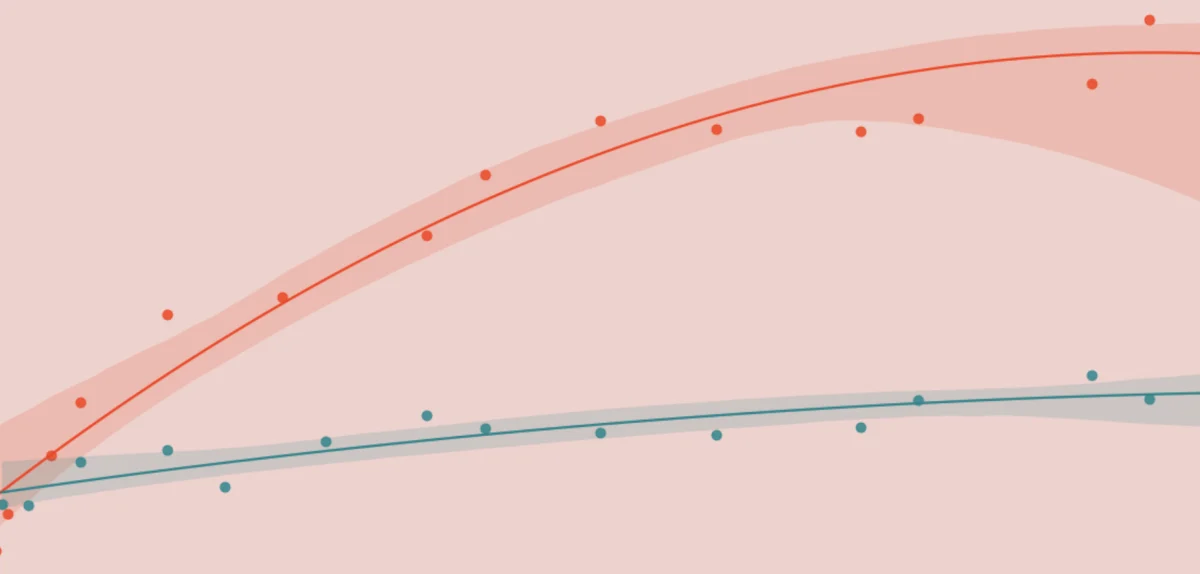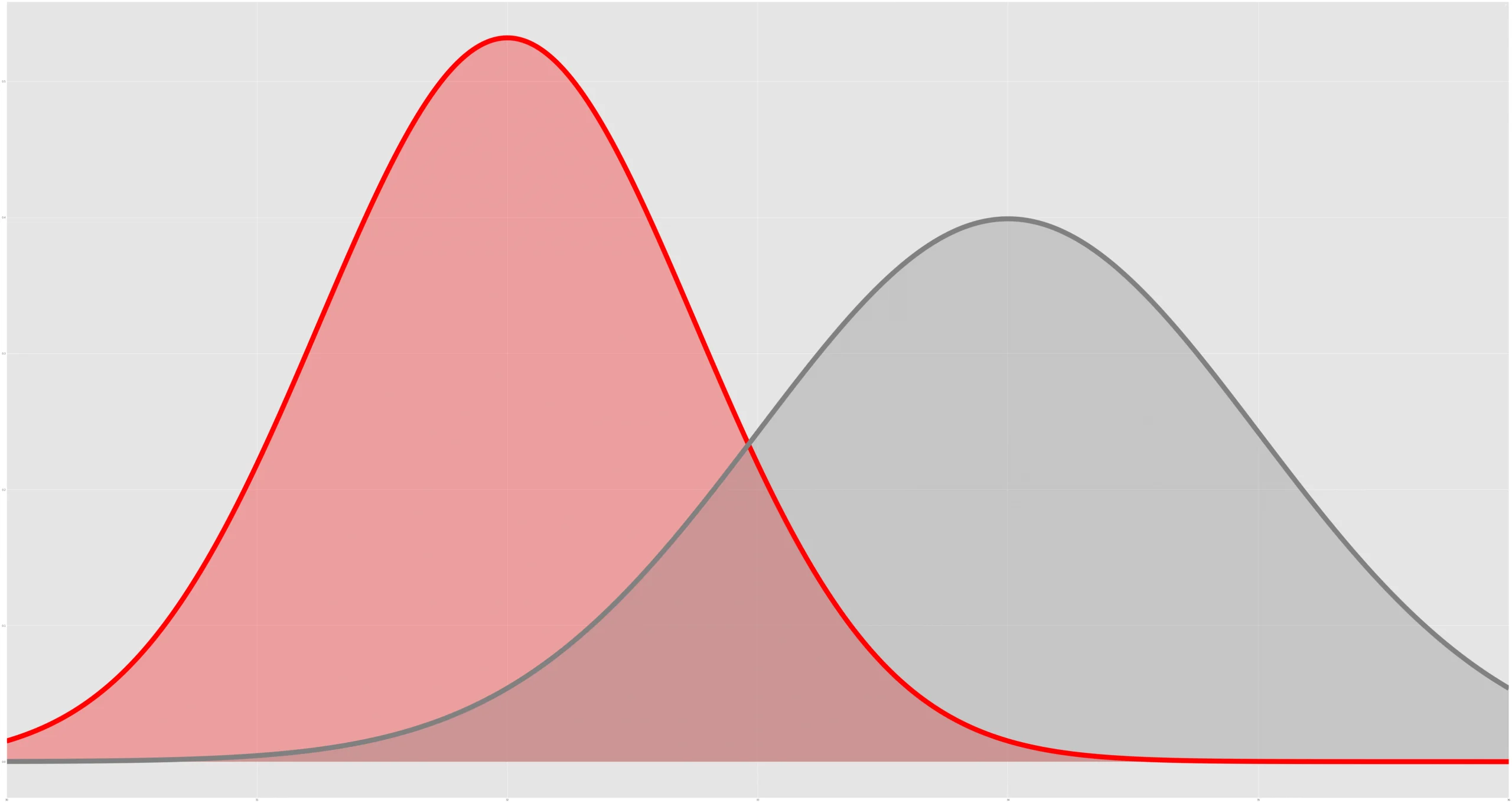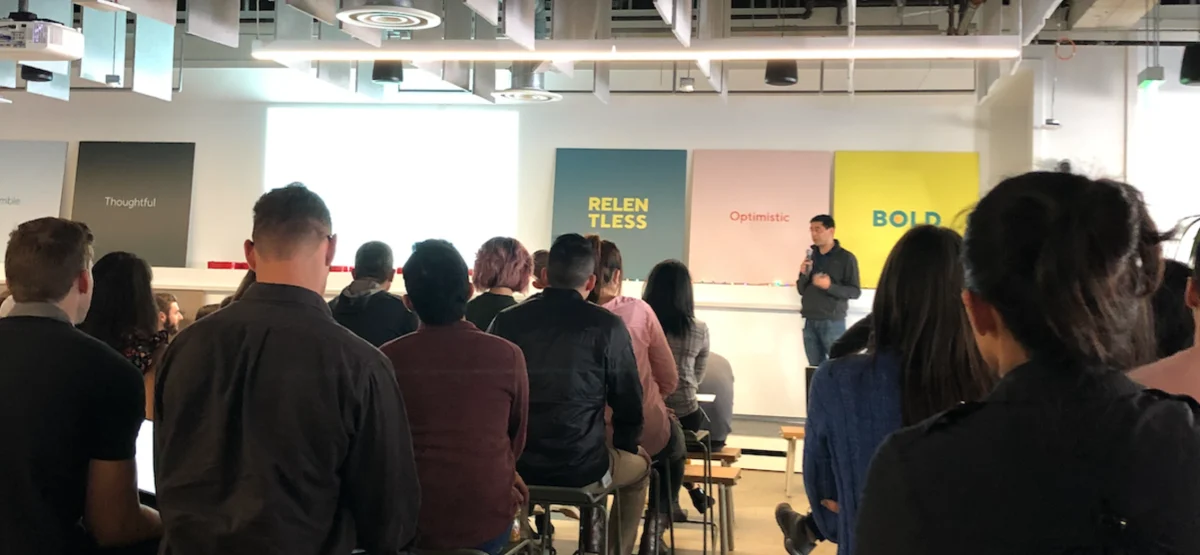Amid the hypergrowth of DoorDash’s business, we found the need to reengineer our platform, extracting business lines from a Python-based monolith to a microservices-based architecture in order to meet our scalability and reliability needs.
Category Archives: engineering
Scaling DoorDash’s Geospatial Innovation with a Location-Based Delivery Simulator
DoorDash’s Geo team built a delivery simulator to automate a formerly manual process of testing new location-based logic on our platform.
Avoiding Conditional Navigation Pitfalls When Implementing the Android Navigation Library
Navigation between mobile application screens is a core part of the user experience.
Optimizing DoorDash’s Marketing Spend with Machine Learning
Over a hundred years ago, John Wanamaker famously said “Half the money I spend on advertising is wasted; the trouble is, I don’t know which half”.
Scaling Splunk Securely by Building a Custom Terraform Provider
Terraform lets DoorDash programmatically manage certain accesses across our infrastructure.
Enabling Efficient Machine Learning Model Serving by Minimizing Network Overheads with gRPC
At DoorDash, we confronted similar issues in our gRPC-based model serving setup for search ranking with network overheads taking up to 50 percent of service response time.
Meet Sibyl – DoorDash’s New Prediction Service – Learn about its Ideation, Implementation and Rollout
As companies utilize data to optimize and personalize customer experiences, it becomes increasingly important to implement services that can run machine learning models on massive amounts of data to quickly generate large-scale predictions.
How DoorDash is Scaling its Merchant Engineering Teams to Meet New Challenges
On the front lines of addressing Stay-At-Home orders caused by the COVID-19 pandemic, DoorDash’s Merchant team has been busy ensuring that merchants have what they need to offer delivery, get onboarded onto the platform and that everything is scaled to maximize reliability.
Improving Experimental Power through Control Using Predictions as Covariate (CUPAC)
In this post, we introduce a method we call CUPAC (Control Using Predictions As Covariates) that we successfully deployed to reduce extraneous noise in online controlled experiments, thereby accelerating our experimental velocity. 
Rapid experimentation is essential to helping DoorDash push key performance metrics forward.
Interview with Rajat Shroff – VP of Product at DoorDash
Rajat Shroff VP of Product at DoorDash
Hi Rajat, tell me about what you do at DoorDash.










